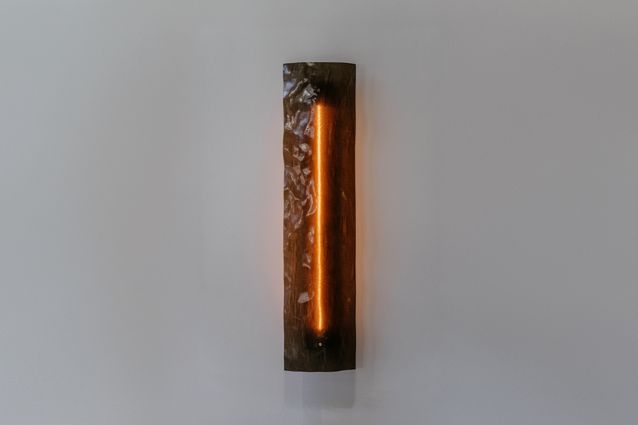The close proximity of a super-sized, attraction-stuffed resort complex planned for northwest Cambodia’s Siem Reap province to revered archeological site Angkor has put UNESCO and other conservation groups on high alert.
Described as “one of the most important archeological sites in Southeast Asia” by UNESCO, Angkor—home to the famed 12th-century Buddhist temple complex Angkor Wat and a network of ancient hydrological engineering systems—was named a World Heritage Site in 1992. To be constructed near the archeological park’s outer southern boundaries, the 187.5-acre mega-resort is set to feature a long list of tourist-snaring attractions (in addition to multiple hotels) including a water park, an indoor “digital theme park,” botanical gardens, a scenic canal cruise, and a “Siem Reap China Town” entertainment and retail district. The first phase of the development, due to be complete by 2025, has been likened to Disneyland with a Khmer twist.
Hong Kong-listed gaming and entertainment company NagaCorp, which struck a 50-year lease deal with the Cambodian government in May of last year, is spearheading the $350 million project, dubbed Angkor Lake of Wonder. Gensler and Steelman Partners, a Las Vegas-headquartered architectural firm specializing in splashy integrated resorts like Sands Macao and Resorts World Las Vegas, are reportedly leading the design. Steelman Partners is also the architect of NagaCorp’s NagaWorld, a 1,658-room hotel-casino compound—“the only luxury premium casino in Cambodia”—that opened in the capital city of Phnom Penh in 2003 after previously being located on a boat. NagaWorld has been expanded once with another massive expansion now underway.
Nagacorp’s planned non-gaming resort for Siem Reap would be less than a half-mile away from the Angkor protected heritage zone—a distance that’s too close for comfort for UNESCO. As recently reported by The Art Newspaper, UNESCO was compelled to issue a statement that expresses the organization’s concern about the project but also relays that it trusts that the Cambodian authorities will continue to safeguard Angkor.
As noted by UNESCO, the planned resort was “addressed with particular attention” during a plenary session of the International Coordinating Committee for Angkor (ICC) held virtually on January 26 and 27 January. UNESCO added that during the session, “technical opinions of experts in the fields of conservation and sustainable development were clearly unfavourable” to the planned resort.
Reads the February 17 statement:
The proximity of the project to the protected buffer zones of the site as well as the scale, scope and concept of the planned activities could indeed have an impact on the outstanding universal value for which Angkor was inscribed on the UNESCO World Heritage List, including its setting, the surrounding landscape, the environment and the archaeological remains, all of which are an integral part of this World Heritage property.
UNESCO is in close dialogue with the Cambodian authorities, with whom it has been working continuously since 1992 to protect the site and its surroundings, notably through the International Coordinating Committee (ICC) for Angkor. UNESCO is certain that the Cambodian authorities remain fully committed to the implementation of the World Heritage Convention and will ensure that the protection of the outstanding universal value of Angkor remains at the heart of the decision-making processes relating to the property and its surroundings.
The statement also noted that the UNESCO World Heritage Centre has received “numerous appeals from third parties” expressing their unease about the planned resort and that “any development concerning the Angkor site will be examined by the World Heritage Committee at its 44th session in June-July 2021.”
In a November 2020 interview with Radio Free Asia, Pech Pisey, executive director of Transparency International Cambodia, expressed concern that the resort could lead to the depreciation of the value of Angkor’s ancient artifacts.
“I am not against development, but any development should be appropriate according to the culture in the area,” said Pisey. “I think it is better to develop and preserve the Angkor area as a tourist site, not as an entertainment zone that could impact the culture heritage sites of our ancestry.”
Locals who spoke to Radio Free Asia voiced similar trepidation, saying that they fully support the tourism-spurred creation of new jobs and economic opportunities in the region but not if it harms Angkor. Some locals also called for improved transparency regarding particulars of the project from the government.
Encompassing over 150 square miles, the Angkor archeological park contains the remains of the former capitals of the Khmer Empire, some dating back to the 9th century. The complex—particularly its trove of temples with Angkor Wat ranking as one of the largest religious monuments in the world—is Cambodia’s top tourist destination, attracting over 2 million visitors annually.










